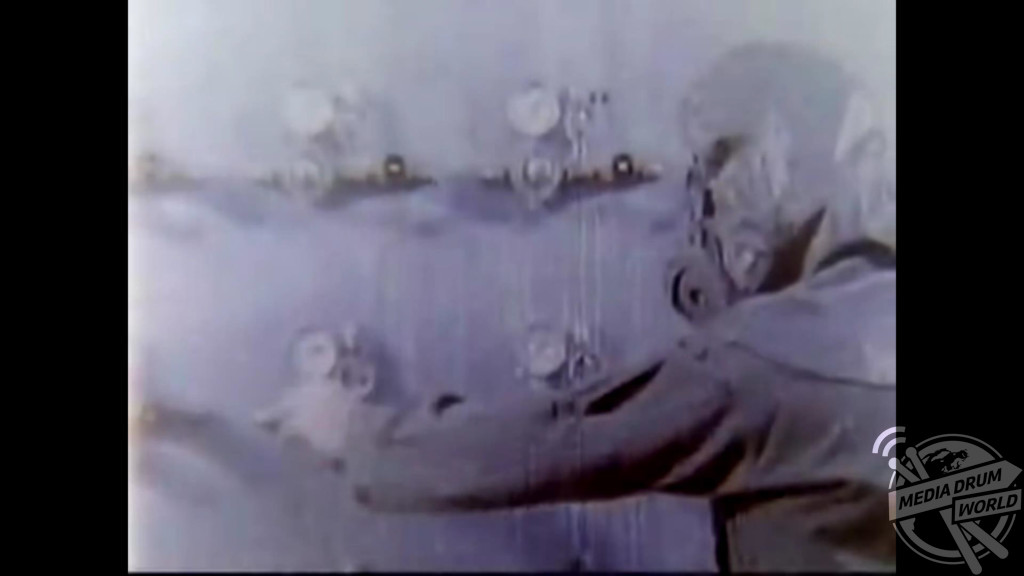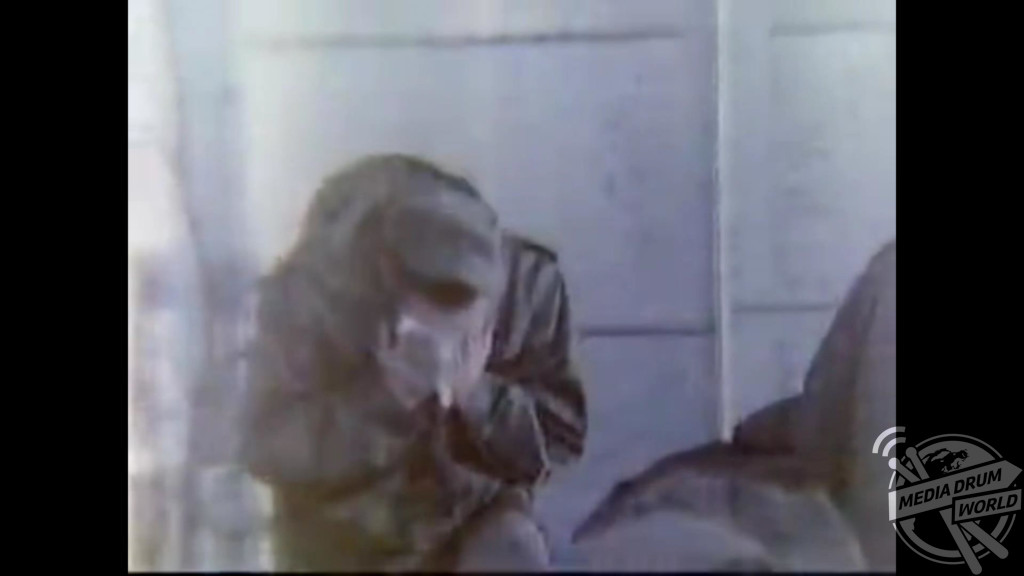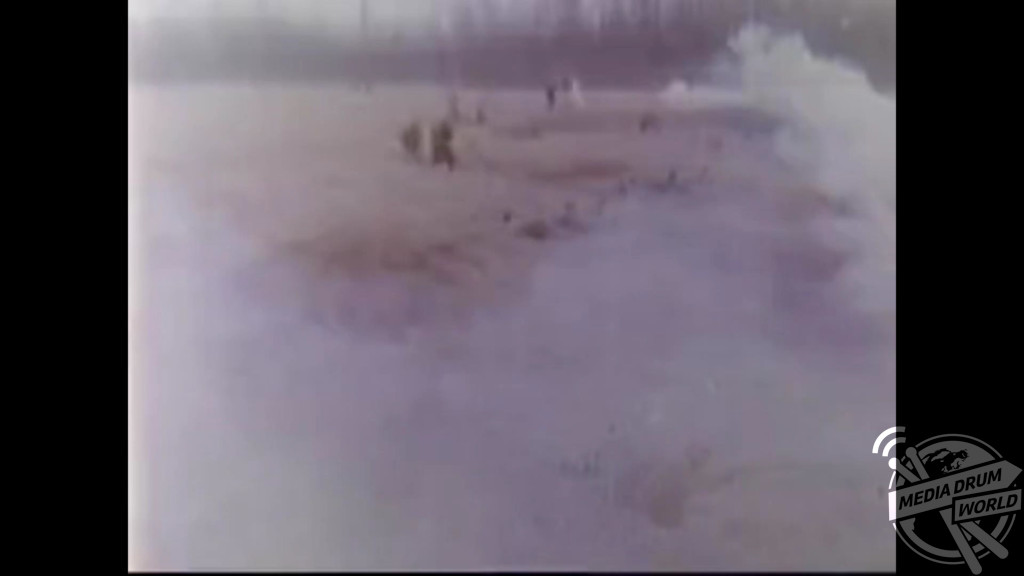By Tom Dare
FASCINATING FOOTAGE from the 1970s showing CS gas being tested on army volunteers has remerged this week, shedding some light on a practice that continues in the US military to this day.
A video made by the Department of Defense in 1972 shows soldiers entering a gas chamber without any facial protection, where a small amount of the gas is released for approximately 30 seconds of exposure. The soldiers can be seen coughing, rubbing their eyes and retching after they are released from the chamber.

And in further footage from the video several army volunteers are shown out in the field as a cloud of CS gas is released on their position, with the men being told they are allowed to put on gas masks when they feel it is appropriate. Several fail to do this in time, though, again resulting in an adverse reaction to the chemical.
But while the video may seem like an outdated practice from a bygone era, the truth is in fact the exact opposite. New recruits to all branches of the U.S. military still have to take part in the exercise to this day, though it is done in a far more controlled environment.

Developed by two students in 1928 at an American university, CS gas was first tested by the British in the 1950s and 60s before being picked up by the Americans toward the end of the 1960s.
The compound 2-chlorobenzalmalononitrile is the main component of CS gas, and it is used by domestic police forces around the world as a crowd control device, despite its use in warfare being banned by the Chemical Weapons Convention of 1997. The American Library of Medicine says of its effects: “The eye is the most sensitive organ in riot control because CS causes epiphora, blepharospasm, a burning sensation, and visual problems.

“Coughing, increased mucous secretion, severe headaches, dizziness, dyspnoea, tightness of the chest, difficulty breathing, skin reactions, and excessive salivation are common. The onset of symptoms occurs within 20 to 60 seconds, and if the exposed individual is placed in fresh air these findings generally cease in 10 to 30 minutes.”
It was notably used in Ferguson, Missouri during the recent disturbances there in 2014, while it was also used by American police in Pittsburgh in 2009 to disperse crowds gathered outside the G20 summit in the city.

In Britain its use is far less frequent, with very few instances of police using it on the public. It was notably used in the Iranian embassy siege in 1980, while it was also used during the Toxteth riots in Liverpool in 1981.







